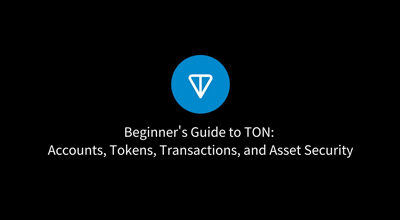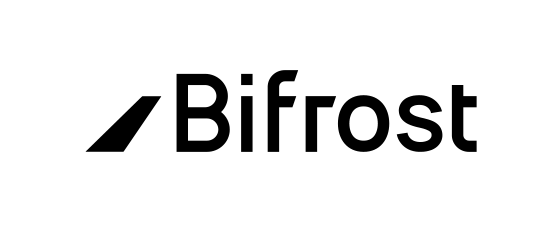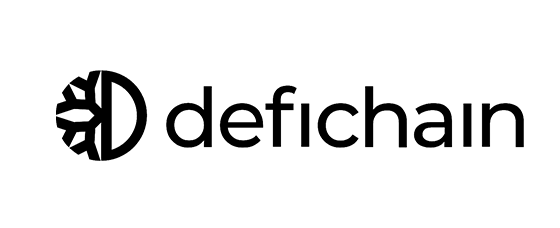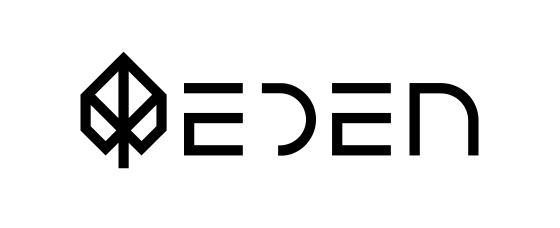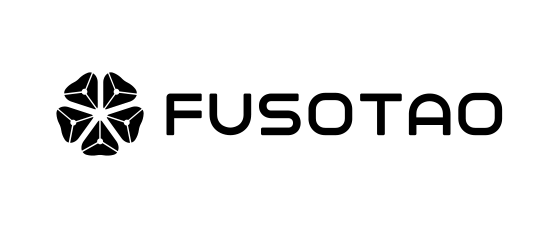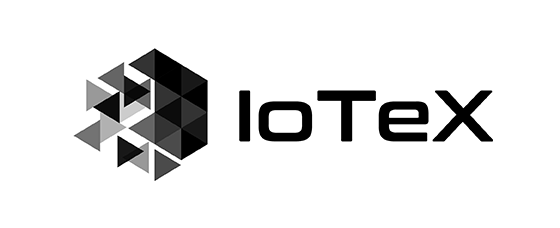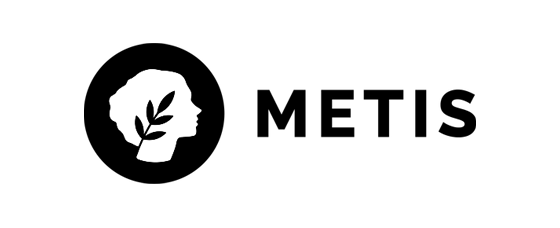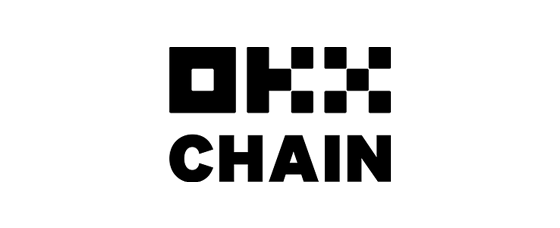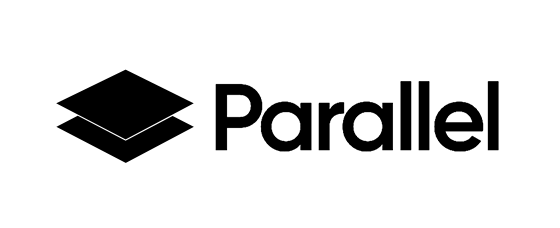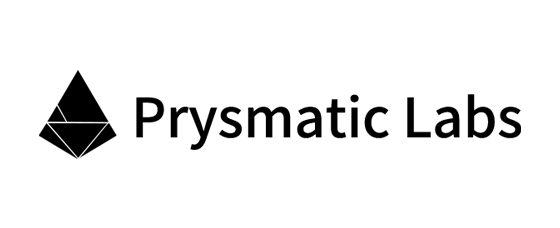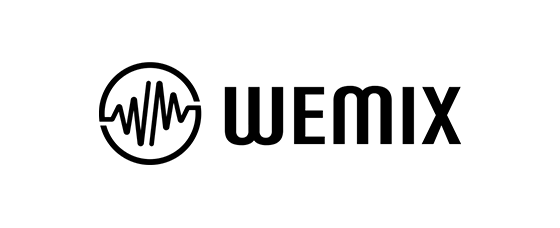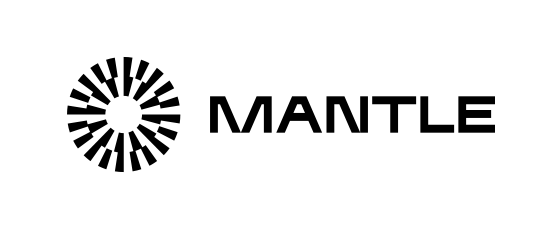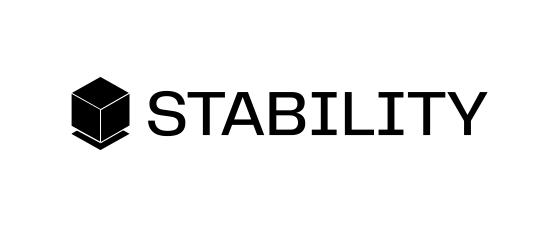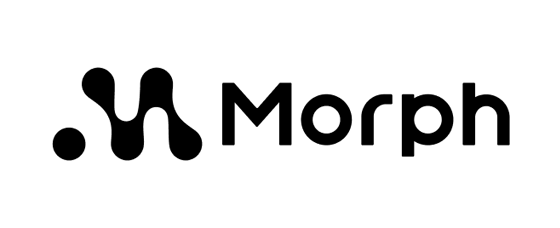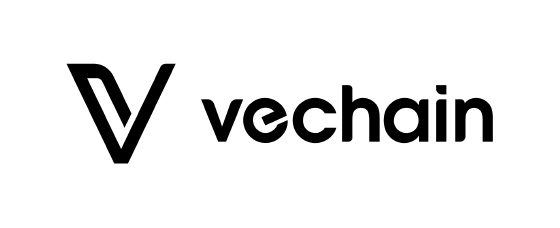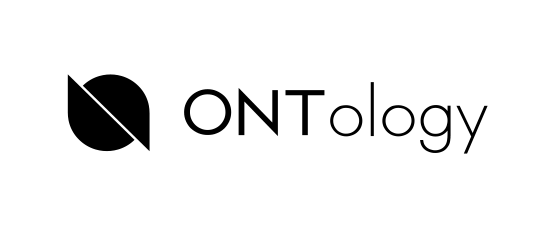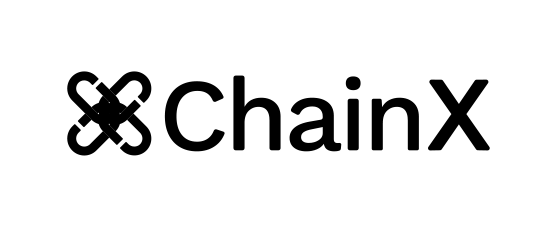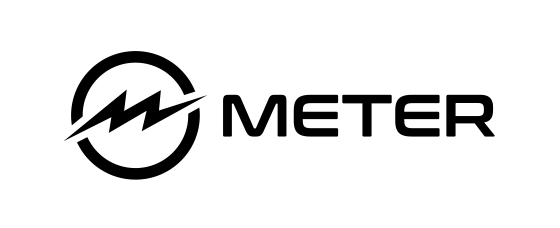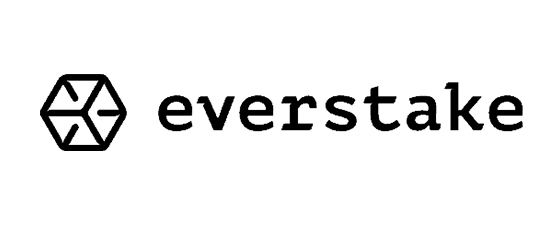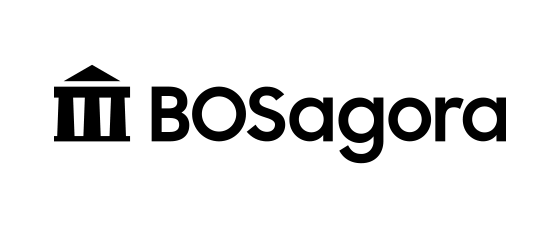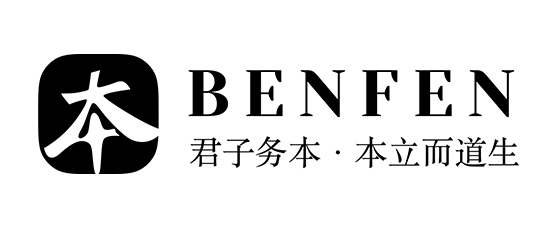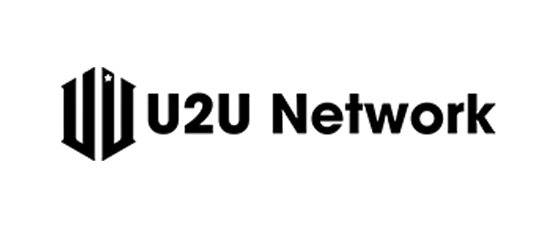Processing Flow
Business Communication
Project Evaluation
Pay for Expenses
Security Audit
Issue a Report
Blockchain Security Audit Scheme
Blockchain Mainnet Security Audit
The SlowMist team adopts the strategy of "Black-box + Gray-box" to conduct a complete security test on the project in the way closest to the real attack.
P2P
- Sybil Attack
- Eclipse Attack
- Eavesdropping Attack
- Denial of Service Attack
- BGP Hijack Attack
- Alien Attack
- Timejacking
RPC
- Eavesdropping Attack
- Denial of Service Attack
- The Ethereum Black Valentine's Day Vulnerability
- Http Input Attack
- Cross-domain Phishing Attack
Consensus
- Long Range Attack
- Bribery Attack
- Race Attack
- Liveness Denial
- Censorship
- Finney Attack
- Vector76 Attack
- Alternative Historical Attack
- 51% Attack
- Grinding Attack
- Coin Age Accumulation Attack
- Selfing Mining
- Block Double Production
Encryption
- Cryptographic Attacks
- Private Key Prediction
- Length Extension Attack
Transaction
- Transaction Replay Attack
- Transaction Malleability Attack
- Time-locked Transaction Attack
- False Top-up Attack
- Rug Pull Attack
Blockchain Common Vulnerability List:https://github.com/slowmist/Cryptocurrency-Security-Audit-Guide/blob/main/Blockchain-Common-Vulnerability-List.md
Cryptocurrency Exchange Listing Security Audit
The SlowMist team adopts the strategy of "Black-box + Gray-box" to conduct a complete security test on the project in the way closest to the real attack. The SlowMist team examines the most concerned vulnerabilities of exchanges, they are as follows:
- Private Key Prediction
- Rug Pull Attack
- Insecure Encryption Library
- Transaction Malleability Attack
- Transaction Replay Attack
- False Top-up Attack
- RPC Theft
This audit scheme is characterized by its low cost and short time. It’s most suitable for blockchains that are based on secondary development of more mature projects, such as Bitcoin-Core, Go-Ethereum, Bitshares, EOSIO, etc.
Code-based Testing Audit
The SlowMist team adopts the strategy of "White-box" to conduct a complete security test on the project.
1. Static Source Code Analysis (SAST)
The SlowMist team checks code quality using open source or commercial code scanners, we support all popular language, such as C/C++/Golang/Rust/Java/Nodejs/C#
2. Manual Code Review
The SlowMist team manually checks the code line by line, looking for common coding pitfalls as follows:
- State Consistency
- Fail Rollback
- Numerical Overflow
- Parameter Verification
- Error Handle
- Boundary Check
- Unit Test Coverage
Community Customized Audit Plan
Based on the characteristics of certain blockchains, such as Polkadot and Cosmos, we have implemented customized security audit measures.
Take Polkadot for example. The Polkadot ecological project uses Substrate as its developmental framework. Developers can focus on the implementation of their business logic without paying attention to the integration of underlying network components and ledgers. Based on these characteristics, we abandoned the blockchain audit project. With regards to the network layer, consensus layer, cryptography, and other underlying modules, we’ve added more detailed audit entries. Those entries added are as follows:
- Replay Attack
- Rearrangement Attack
- Conditional Race Attack
- Access Control Attack
- Block Data Dependency Attack
- Explicit Visibility of Function State Variables
- Arithmetic Precision Error
- Malicious Event Audit
- State Consistency Audit
- Failed Rollback Audit
- Unit Test Audit
- Numerical Overflowing Audit
- Parameter Verification Audit
- Error Trapping Audit
- Bounds Check Audit
- Weights Audit
- Macros Audit
Blockchain Based Cryptocurrency Security Audit Guide: https://github.com/slowmist/Cryptocurrency-Security-Audit-Guide
Security Research
-
Sep 27 2024
SlowMist: Introduction to Auditing Sui — Move Contracts
Sui is an emerging high-performance blockchain platform that offers a range of innovative and unique features. It focus on providing fast and secure transaction experiences for various applications. For foundational knowledge about Sui, refer to Exploring Sui: The Technology Behind High Performance and Contract Security. Unlike commonly used blockchain programming languages like Solidity, Sui utilizes the Move language, which addresses many vulnerabilities frequently found in Solidity, such as reentrancy attacks, integer overflows, double-spending, DoS attacks, and compiler issues. However, developers can still introduce errors in their code, so it's crucial to understand and pay attention to some of Move's unique features to ensure the security of smart contracts.

-
Sep 4 2024
Exploring Sui: The Technology Behind High Performance and Contract Security
Recently, we discussed the features and security issues of TON in our article “Introduction to TON: Account, Token, Transactions, and Asset Security.” Today, we delve into another emerging high-performance blockchain — Sui. Sui has garnered attention from developers and researchers alike due to its innovative technologies and unique features. It focuses on providing a fast and secure transaction experience suitable for various application scenarios. This article will cover Sui's account model, token management, transaction mechanisms, and asset security to help readers better understand the blockchain.
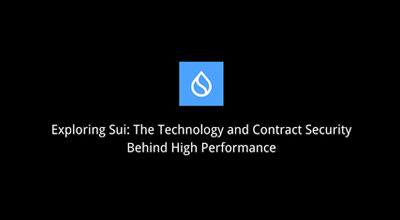
-
Aug 8 2024
Introduction to TON: Accounts, Tokens, Transactions, and Security
TON (The Open Network) is a decentralized blockchain platform initially designed and developed by the Telegram team. TON aims to provide a high-performance and scalable blockchain platform to support large-scale decentralized applications (DApps) and smart contracts.
